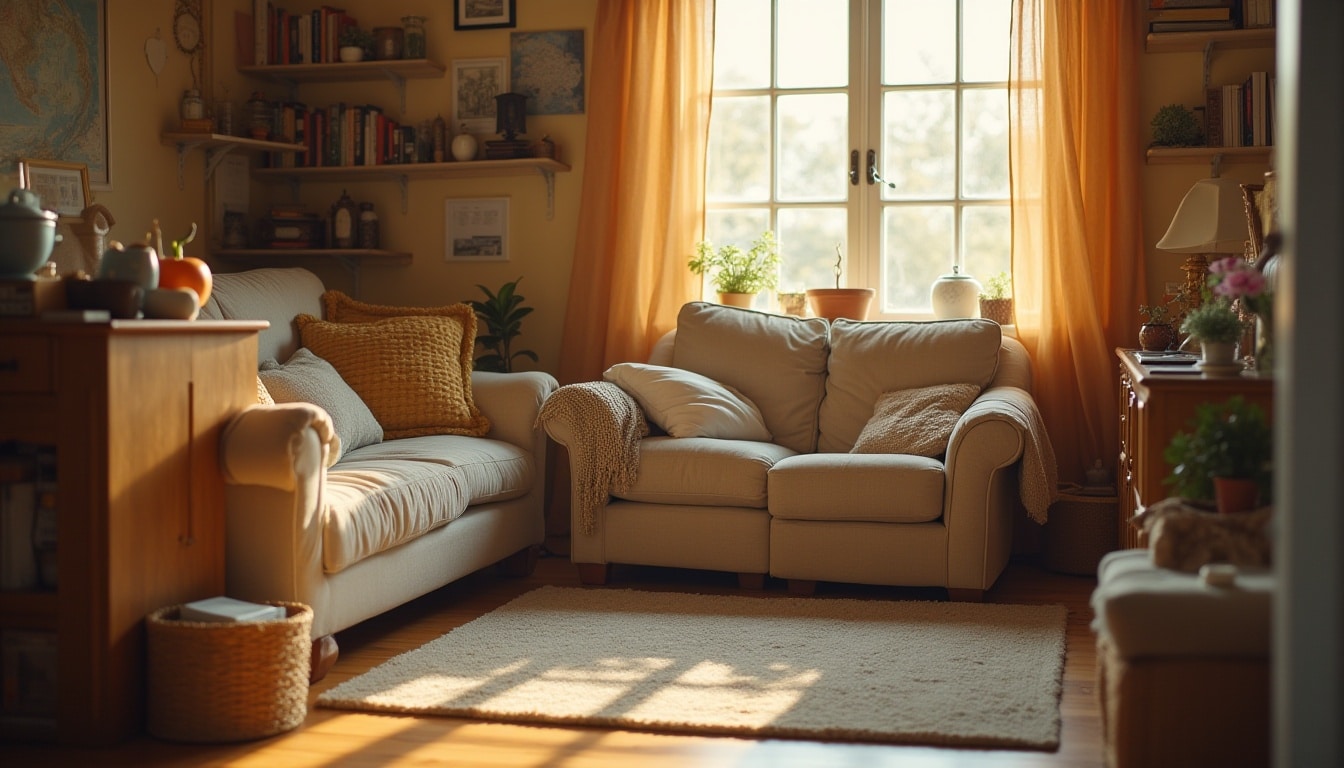No matter how clean and tidy you are, it can be hard to avoid the accumulation of clutter. Kids’ toys, work materials, files, phones, books, clothes, and other everyday household items slowly build up until suddenly you can’t find anything when you need to. That’s where being skilled in the art of decluttering comes in handy. Keeping your spaces organized can make a whole lot of difference to how you feel when you’re at home. A clean and tidy living space impacts how you feel, setting you up to meet whatever challenges the day has in store for you. So, without further ado, let’s look at how you can effectively declutter your home.
Why Decluttering Matters
Understanding the significance of decluttering is essential for creating a harmonious living space. The impact of a clutter-free home extends beyond mere aesthetics, influencing various aspects of life.
Benefits of a Clutter-Free Home
Living in a clutter-free environment offers numerous advantages. First and foremost, it enhances physical and mental well-being. A tidy space can lead to:
- Reduced stress levels due to fewer distractions.
- Greater productivity as a result of clearer spaces.
- Improved focus, allowing for more efficient task completion.
A clutter-free home not only contributes to a more organized lifestyle but also promotes better relationships. By simplifying one’s surroundings, families can foster a more tranquil environment for communication and bonding.
Psychological Impact of Decluttering
The psychological benefits of decluttering are profound. A clean and organized space encourages clarity of thought and emotional balance. Research has shown that clutter can trigger feelings of anxiety and overwhelm. By eliminating excess items, individuals often experience:
- A sense of accomplishment and empowerment.
- Heightened creativity that stems from a distraction-free environment.
- Increased satisfaction with one’s living conditions.
Moreover, the act of decluttering can be cathartic, allowing individuals to let go of items tied to past emotions and memories, thereby reducing mental clutter.
How Less Can Be More
Adopting a minimalist mindset emphasizes the philosophy of less being more. This approach underscores the value of keeping only what is necessary or truly cherished. By focusing on quality rather than quantity, individuals can:
- Spend less money on unnecessary items.
- Enjoy a more serene environment that reflects personal values.
- Reduce time spent on cleaning and maintaining belongings.
This mindset not only simplifies daily routines but also creates space for new experiences and connections, reinforcing the idea that true fulfillment comes from within, not from material possessions.
Identifying Clutter Sources
Determining the origins of clutter can significantly enhance the decluttering process. Recognizing how and why clutter accumulates is essential for implementing effective solutions.
Decluttering Methods Explained
There are various techniques for decluttering that cater to different preferences and lifestyles. Exploring these methods can provide a structured approach to simplifying your space and enhancing your living environment.
The Four-Box Method
This straightforward technique involves labeling four boxes: Keep, Donate, Sell, and Trash. As each item is assessed, it is placed into the corresponding box, providing a clear visual representation of progress and easing decision-making during the process.
The Packing Party Approach
Inspired by The Minimalists, this extreme method requires packing up everything as if preparing to move. Living with only essentials for a specified amount of time encourages evaluation of what truly matters. This immersive approach can lead to significant revelations about personal possessions.
The Minimalism Game
This engaging technique involves decluttering a predetermined number of items each day for a month. The challenge increases as the month progresses, motivating individuals to let go of excess. Inviting friends or family to participate can elevate the experience and build camaraderie.
Steps to Start Decluttering
Taking the initial steps to declutter can set the tone for an organized living space. A methodical approach ensures that the process remains manageable and motivating.
How to Tackle Small Spaces First
Starting with smaller areas can make the decluttering process less overwhelming. Focusing on a specific drawer, a corner of a room, or a single shelf allows for quick wins that can build momentum. Clearing out just ten to fifteen minutes in a manageable space can lead to visible results, which can encourage further action.
- Choose a defined area to declutter.
- Remove everything from that space and sort items.
- Decide which items to keep, donate, or discard.
Scheduling Dedicated Decluttering Time
Setting aside specific times for decluttering can help in making consistent progress. Creating a schedule facilitates adherence to the goal by allocating focused time slots. It’s essential to mark these sessions on a calendar or set reminders, ensuring they become a part of the routine.
- Pick a day and time each week to declutter.
- Block out 30 minutes to an hour for each session.
- Commit to the schedule to establish a habit.
Decision Making for Decluttering
Decisive action is crucial during the decluttering process. When evaluating items, a quick assessment can prevent second-guessing. Asking questions such as “Do I love this?” or “Is this useful?” can streamline decision-making. Once you’ve taken care of the decluttering, you can turn your attention to everyday cleaning. Luckily, El Milagrito Multipurpose Degreaser takes care of even the toughest stains, saving you time and energy.
For more cleaning tips, make sure to follow the latest news on our blog.

